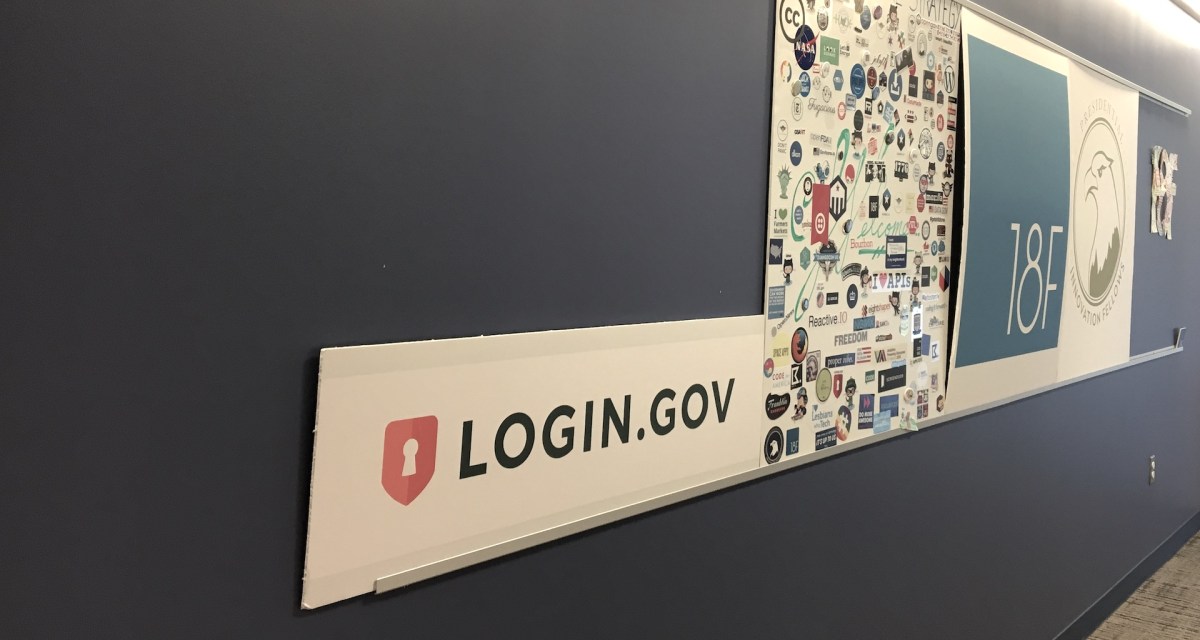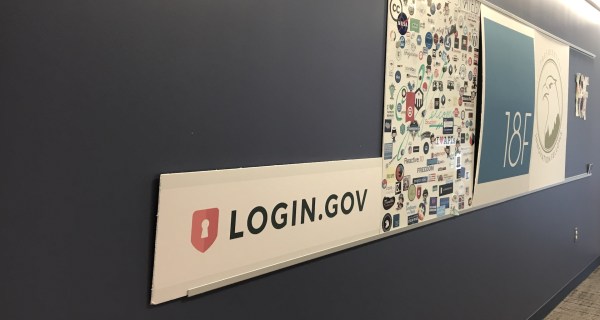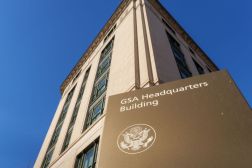Login.gov looks to accept mobile driver’s licenses in ‘near future’

The General Services Administration’s Login.gov could start accepting mobile driver’s licenses (mDLs) sometime next year, with hopes of boosting the single sign-on platform’s user friendliness.
Luigi Ray-Montañez, the head of engineering for Login.gov, the identity authentication and secure sign-on service developed by the GSA, said Monday that he hopes the development will make it easier for users to verify their identities and prevent fraud on the platform.
“Mobile driver’s licenses are considered superior evidence, and that means that they will really simplify and streamline the online identity proofing process,” Ray-Montañez said during the GSA’s Federal mDL Industry Day event.
mDLs are digitized versions of the information listed on physical, state-issued driver’s licenses and identification cards. They are stored on mobile devices, including smartphones.
As of May, residents of eight states are permitted to use mDLs at participating airports and federal agencies.
According to the Login.gov public roadmap, published late last month, the push for mDL acceptance on the platform is part of the platform’s collaboration with the National Institute of Standards and Technology and states, which are the issuers of the digital credentials.
This comes as part of a larger initiative of NIST’s National Cybersecurity Center of Excellence, which is focused on ramping up the adoption of mDL standards. The initiative is building a reference architecture showing real-world business use cases, according to its website.
The roadmap, which Login.gov emphasized is just an estimate, stated mDLs could be implemented on the platform sometime between this October and March of next year. Ray-Montañez did not give a specific timeline during Monday’s panel, only saying it could come sometime in the “near future.”
Login.gov offers the American public the option to log into multiple federal, state and local government websites using just one account once a user’s identity has been verified.
Under its current system, Login.gov has recognized a lot of “user frustration” and “friction” with the identity proofing process, Ray-Montañez said. The process often involves taking a picture of one’s photo identification, but many are blurry, he added.
“Cell phone cameras really weren’t, frankly, designed to read the barcode on the back of driver’s licenses,” Ray-Montañez said. “It’s difficult, technical and users experience challenges.”
Ray-Montañez further touted the use of mDLs as a way to prevent identity fraud and theft rings from infiltrating the platform.
These rings, Ray-Montañez said, involve “people who can manufacture fake documents that look very, very real. People who, because they’re overseas, will gladly take a selfie match, and if they’re able to create a fake document with their portrait and take a selfie, they’re OK with that because they’re overseas.”
Ray-Montañez and other panelists emphasized this will not be a “foolproof” defense against identity fraud, but is seen as a “tool” to ensure the platform is giving legitimate users access to its services.
Since its launch eight years ago, Login.gov has expanded the number of identity verification options. It began offering the option for users to start verifying their identities with facial recognition technology last October.






